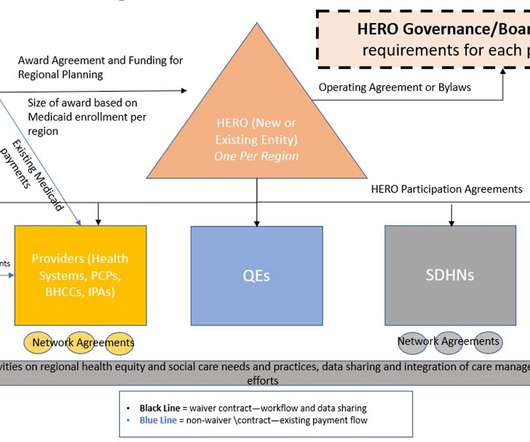TEFCA Real Talk
Healthcare IT Today
JUNE 14, 2023
Certainly AI us currently doing that in health IT, but in the world of interoperability TEFCA and QHINs are grabbing all of the attention. There are a lot of views on TEFCA, but the one thing that’s certain is that it’s grabbing a lot of the interoperability focus from government regulators and the industry.













Let's personalize your content